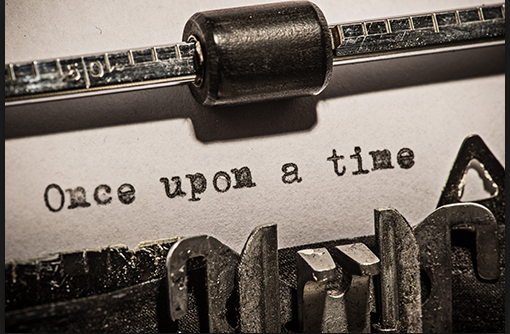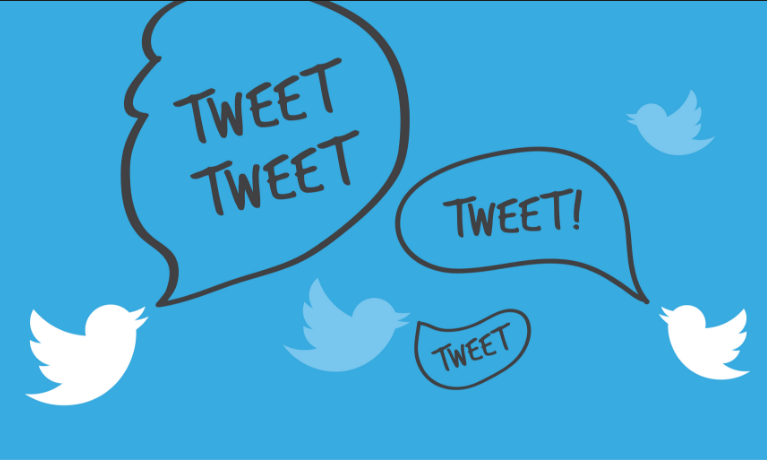
How to Write a Joke
I’ve heard people say you can’t learn how to be funny. I don’t actually agree with this. You can learn to be funny, but if you aren’t naturally funny, it will be a lot harder. Mostly that’s because someone who naturally likes making their friends laugh just has more practice than someone who’s never tried it. Also, as with any art form, some people are better at it than others.
Beyond that, jokes have a mechanical component that can be taught. Very generally, a joke has two parts to it, the set up and the punchline. The set up leads the listener to make an assumption about the outcome. The punchline shatters the listener’s assumption and replaces it with another equally applicable idea that matches with the set up.
I’ll use a joke I wrote as an example:
“Dating is difficult for me because I would really like to be a virgin when I settle down. That’s why I’m saving my butt for marriage.”
The set up of the joke is “Dating is difficult for me because I would really like to be a virgin when I settle down.” This statement leads listeners to believe that my goal is to live a very chaste life until I am married. The punchline, “That’s why I’m saving my butt for marriage,” shatters this assumption because it suggests I’m not very chaste at all.
In general, the bigger the surprise on the punchline, the better. The rule of thumb is the punchline should still be something the audience can believe or substitute for their initial assumptions.
If you are new to comedy and want to work on writing, creating one liners that use this formula is a good way to start. Over time, the formula becomes less obvious, but is often still in play. Sometimes, you don’t need to include a misdirect in a joke, you can rely on common knowledge. Using another joke I wrote as an example:
“Hey feminists, 70% of a penny for your thoughts?”
This joke relies on a couple of things. First, this joke assumes the audience knows that the stereotype for feminists is that they can be uptight about being teased. You would assume you would tread lightly around people who represent this stereotype, and instead I’ve done the opposite by saying something rude. The second shattering of assumptions here is by changing an old saying “A penny for your thoughts.” People expect to hear that, and instead hear “70% of a penny for your thoughts.” The comment is also a commentary on how women are paid less than men, so at the end, it’s ironic rather than actually insulting to feminists. However, I don’t have to explain feminists or the saying “a penny for your thoughts” because the crowd is already familiar with these things, so the set up is very short… in this example it’s “Hey feminists.”
The more jokes you write and perform, the less the basic joke structure will show over time. It will become more ingrained, and with some people it disappears completely, and it seems like they are just having a funny conversation with you.
If you do use one liners in an act and tend to be more structure oriented about what you do, minimum you want 4 laughs per minute, with 5 being ideal, and anything more than that being AWESOME.
It is also important to note that this is not the only formula for telling jokes. Some things are funny because someone has good timing, or because they are familiar. Also, while most comedians strive to come up with punchlines that an audience doesn’t see coming, sometimes jokes where you can see what’s coming are funny just because of the anticipation.




